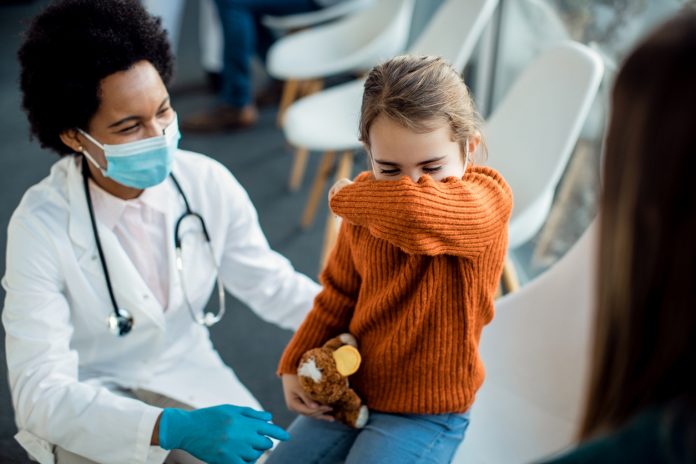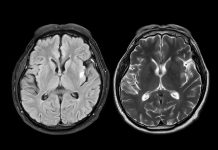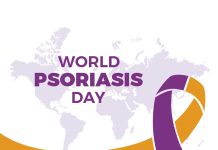The study, published in Mucosal Immunology, shows the underlying immune mechanisms shared by suppurative lung disease and wheezing despite their differing symptoms
Lead researcher Dr Melanie Neeland emphasised that both diseases exhibit similar lung inflammatory profiles. This improves our understanding of these conditions and opens doors to targeted treatment options that could change clinical management.
The study, conducted at The Royal Children’s Hospital and involving 93 children, identified two treatable disease subtypes, endotypes, which displayed similar immune signatures across both respiratory illnesses.
Dr Neeland showed that approximately 50% of children in each disease group showed a hyper-inflammatory response, suggesting potential routes for treatment using existing therapies approved for paediatric use.
Controlling chronic childhood respiratory diseases
There is a need for improved control of chronic respiratory diseases in children, which often lag behind advancements in adult care.
Current approaches, particularly for chronic cough, heavily rely on prolonged antibiotic usage despite evidence suggesting limited effectiveness.
This raises concerns about antimicrobial resistance, a pressing public health issue.
“We showed that while the clinical presentations of these two diseases are different, identical inflammatory profiles can be found in the lungs and therefore the same anti-inflammatory treatments could be effective against both,” said Dr Neeland.
Anti-inflammatory treatment
With preschool asthma/recurrent wheeze ranking among the leading causes of paediatric hospital admissions, and suppurative lung diseases contributing to chronic cough, airway obstruction, and long-term health complications, the need for innovative treatment strategies is essential.
Collaborating institutions, including the University of Melbourne and The Royal Children’s Hospital, have also played a key role in this research.
The discovery of common inflammatory pathways underlying these childhood respiratory diseases represents a significant step forward in paediatric healthcare. By revealing these shared mechanisms, clinicians can explore targeted anti-inflammatory treatments, potentially repurposing existing acsthma biologic medications to address both conditions.
As researchers continue to validate these findings and explore new therapeutic avenues, the prospect of more effective treatments for childhood respiratory diseases looms ever closer, offering renewed hope for countless children and their families worldwide.








